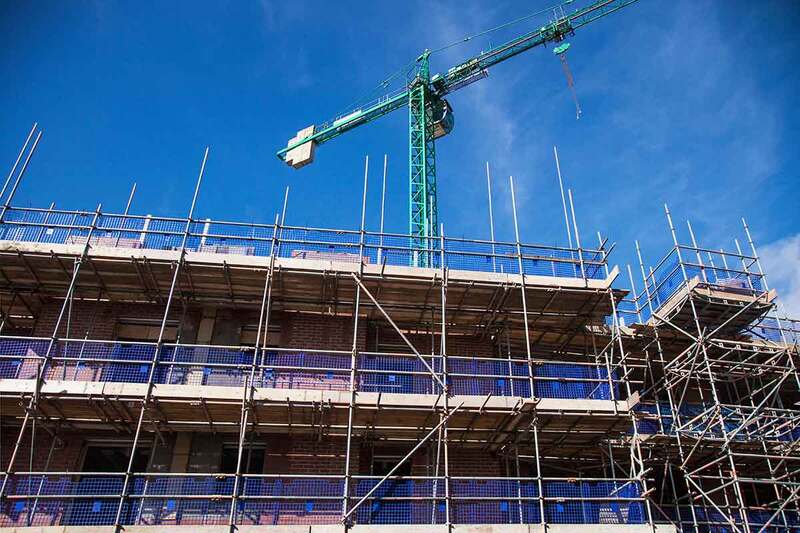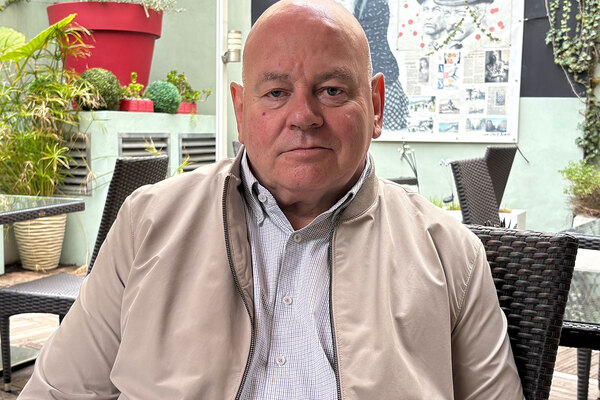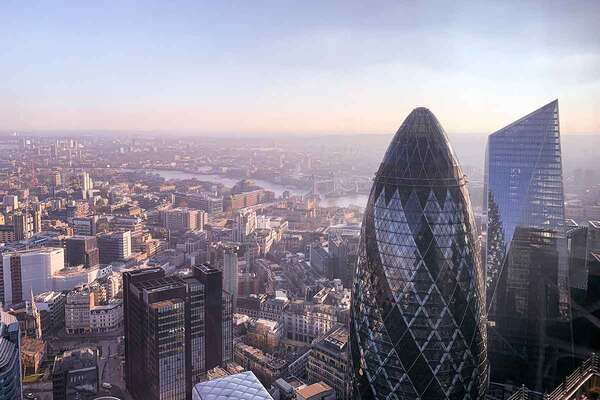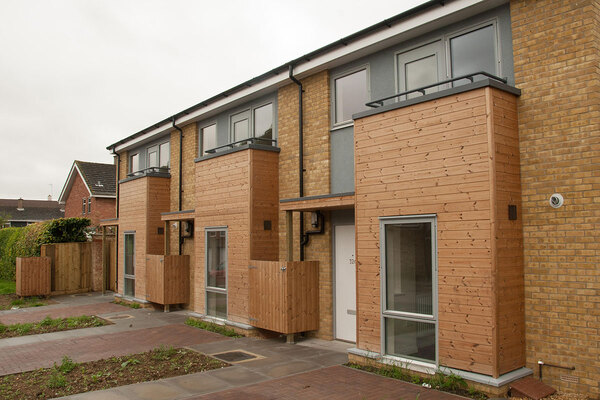Is the Future Homes Standard ambitious enough?
Louis Warden, head of technical at Greencore Homes, asks whether future generations will look back and wonder why we didn’t do more at this critical moment to curb emissions
As we await the final decision on the Future Homes Standard, it begs the question: what really is a future home?
During yet another summer of human-driven, record-breaking temperatures, happening alongside the UK’s housing crisis, the timing for the consultation is apt.
Together, over the next five years, our sector is aiming to build 1.5 million homes – but will our grandchildren thank us for these, or look back and wonder why we didn’t do more at this critical moment to curb emissions and future-proof their towns, cities and neighbourhoods?
The Future Homes Standard (FHS) is supposed to be the most ambitious set of regulations to date to ensure new homes are energy efficient and low carbon in use. Crucial, as buildings and homes are responsible for more than 40% of the energy we use.
With the UK aiming to reach net zero by 2050, the proposed FHS is a step in the right direction, but it is far from being the standard needed for that low-carbon future. Of the five original contender specifications for the FHS, it is now down to a choice between the weakest two.
We need a standard that conveys urgency and incentivises house builders to be more ambitious. As it stands, the proposed FHS relies heavily on the national grid decarbonising.
While we wait years for the delivery of large-scale renewable energy infrastructure to support that, there is plenty more action that can be taken by house builders in the meantime.
It is our view that solar photovoltaic (PV) panels must be part of the standard to speed up the decarbonisation of housing. PV is only included, with caveats, in the stronger of the two remaining options. At the least, I hope to see that option selected later this year.
“As an industry we need to be push harder on our transition away from those that are carbon intensive in production and supply chain”
Further to this, while it is important that insulation and low-carbon heating systems are addressed, the standard overlooks energy use intensity. This is a vital benchmark for ensuring the sector continues to improve on energy efficiency.
Even with a switch to renewables, without efficient energy use, homes will still consume more energy than necessary, which means building more, larger power stations and wind turbines that have a carbon cost of their own.
There is another missed opportunity to address embodied carbon, or even more broadly, the carbon impact of a home’s entire lifecycle. If cement were a country, it would be the third-highest carbon-emitter in the world behind China and the US.
Year on year, the UK is importing record amounts of cement-based products from increasingly further abroad and increasing carbon emissions as a result. The impact of these building materials can’t be ignored. As an industry we need to be push harder on our transition away from those that are carbon intensive in production and supply chain.
I’m an advocate for a future where homes are not only net zero, but also reverse their carbon impacts. More widespread use of natural materials like timber, hemp and lime is key to getting there.
We have seen this in practice with Greencore’s homes that are not only affordable, but net zero in operation, better than net zero embodied carbon in the structure of each home and ultra-low embodied carbon in construction of the whole home. This was only achievable with the incorporation of natural building materials.
Low-carbon innovations and technological advancements are progressing rapidly, but policy that supports and encourages them is needed. There is a balance to be struck with regulation, as being overly prescriptive can hamper innovation and stifle growth.
A strength of the proposed FHS is its recognition of the need for flexibility, as buildings will perform differently based on local climate, orientation and building form, and need to be tweaked along the way. This needs to be translated down to a local level, to inform planning conversations where sustainability innovations are at play.
“Low-carbon innovations and technological advancements are progressing rapidly, but policy that supports and encourages them is needed”
The housing secretary has noted that the government’s plans to build are essential for solving the housing crisis, but won’t be without controversy. The climate crisis must be treated with the same fierce urgency. Many house builders, including Greencore, are already exceeding both of the options tabled for the FHS.
While I acknowledge that there are costs associated with meeting the mark, this transition is an inevitability, and we can’t afford to kick the can down the road any longer.
In its current form, the FHS is a step along the way but not yet the standard needed to reach net zero by 2050. There is an opportunity to implement changes that are ambitious but proven to be achievable now, which our grandchildren will thank us for. Why build net-zero-enabled homes and wait around for change when we can deliver net-zero homes now?
Louis Warden, head of technical, Greencore Homes
Sign up for our development and finance newsletter
Already have an account? Click here to manage your newsletters













